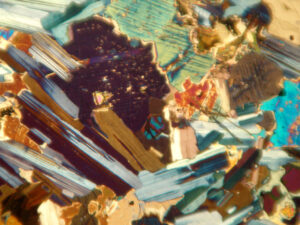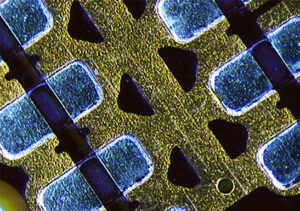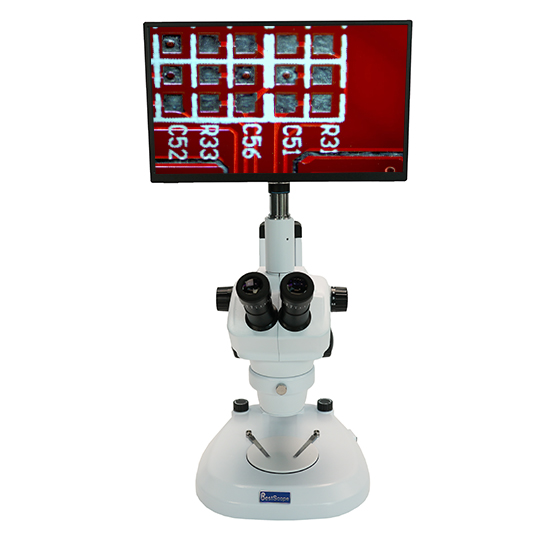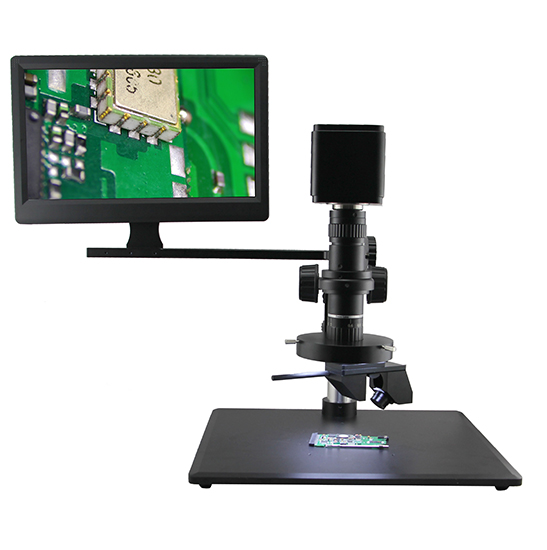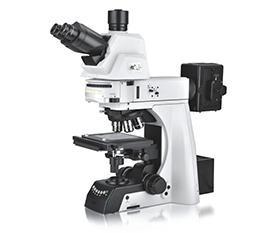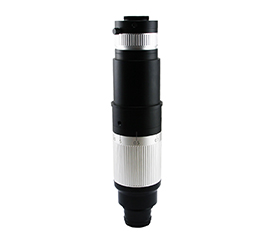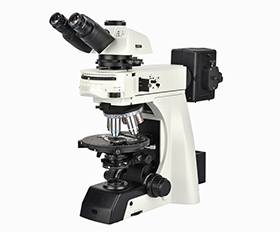What are the Applications of Industrial Microscopes?
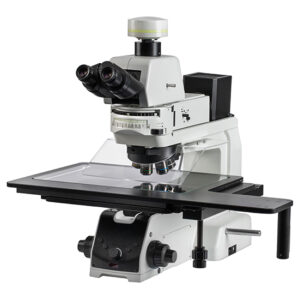 Microscopes are used in a wide variety of applications. In the previous article, we discussed about the application of biological microscopes. They are mainly used in the observation of cells, bacteria, tissues, etc. in the field of biology and life sciences. In the industrial field, microscopes are also essential tools. They are used to observe and analyze the structure and properties of materials.
Microscopes are used in a wide variety of applications. In the previous article, we discussed about the application of biological microscopes. They are mainly used in the observation of cells, bacteria, tissues, etc. in the field of biology and life sciences. In the industrial field, microscopes are also essential tools. They are used to observe and analyze the structure and properties of materials.
What’s the difference between biological microscope and industrial microscope?
Biological microscopes have high magnification and resolution capabilities, allowing scientists to observe small structures in detail. They are also equipped with various accessories, such as phase contrast and fluorescence, which enable researchers to study living specimens in different states.
Industrial microscopes are used in manufacturing and quality control processes. They are designed to examine non-living materials, such as metals, plastics, and electronic components. Industrial microscopes have a lower magnification range than biological microscopes, but they have a larger field of view and depth of field. This allows engineers and technicians to examine larger samples and identify defects or irregularities in the materials.
In the other hand, the illumination system in biological microscopes is different from that of industrial microscopes. Biological microscopes use transmitted light, which passes through the specimen, while industrial microscopes use reflected light, which bounces off the surface of the material. There are some with two light paths of transmission and reflection. The illumination system in industrial microscopes is also more focused and intense than that of biological microscopes, as it needs to penetrate opaque materials.
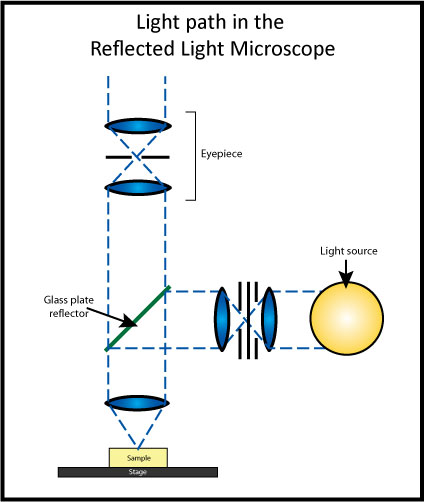
The Application of Microscopes in Geology and Mineralogy:
1. Identification of Minerals:
Minerals are naturally occurring substances with specific physical and chemical properties. Microscopes can help identify minerals by examining their crystal structure, color, and other physical properties. This information can be used to determine the mineral’s identity and its potential uses.
2. Analysis of Soil Samples and Rocks:
Soil and rocks are composed of a variety of minerals and organic matter. They can be analyzed using a microscope to determine their mineral composition, texture, and structure.
3. Study of Fossils:
Fossils are the remains of ancient plants and animals that have been preserved in rocks. Microscopes can be used to examine fossils and determine their age, species, and other characteristics.
The Application of Microscopes in Metallography:
Microscopes are mainly used to study the microstructure of metals and alloys in metallography field.
1. Study of Metals Grain Structure:
Metals are composed of tiny crystals, or grains, that determine their strength, ductility, and other mechanical properties. By examining the grain structure under a microscope can determine the size, shape, and orientation of the grains, as well as any defects or irregularities that may affect their performance.
2. Analysis of Metals Phase Transformation:
Metals can undergo various changes in their microstructure due to changes in temperature, pressure, or composition. By observing these changes under a microscope can determine the specific phases and microstructures that result from these transformations, providing valuable insights into the behavior of metals under different conditions.
Microscopes are also used in the study of surface features, such as cracks, pits, and corrosion. This information can be used to develop strategies for preventing or mitigating these surface defects, improving the performance and longevity of metal components.
Metallurgical Microscope Samples
The Application of Microscopes in Electronic Components:
With the increasing miniaturization of electronic devices, microscopes have a wide range of applications in the inspection, analysis, and measurement of electronic components, such as in soldering, mobile phone repair and SMT technology and ect.. Stereo microscopes and monocular zoom microscopes are particularly useful for examining electronic components.
1. Inspection of Electronic Components:
Microscopes are commonly used to inspect electronic components for defects, such as cracks, voids, and other types of damage that can occur during the manufacturing process. The high magnification and resolution of the microscope allows for a detailed examination of the component, which can help to identify any problems that may be present.
2. Analysis of Electronic Components:
Microscopes are also used to analyze electronic components, such as integrated circuits and transistors. The microscope can be used to examine the internal structure of the component, which can provide valuable information about its performance and reliability. This type of analysis can help to identify any design flaws or manufacturing defects that may be present.
3. Measurement of Electronic Components:
Microscopes can also be used to measure the dimensions of electronic components, such as the thickness of a semiconductor wafer or the size of a transistor.
BS-3040T Trinocular Zoom Stereo Microscope
BS-1080BL3DHD1 LCD Digital 3D Video Microscope
From surface analysis to identifying unknown materials. the applications of microscopes in industrial materials research are wide and varied. If you have any question about industrial microscope, please feel free to contact us.
The resources are collected and organized on the Internet, and are only used for learning and communication. If there is any infringement, please contact us to delete.



